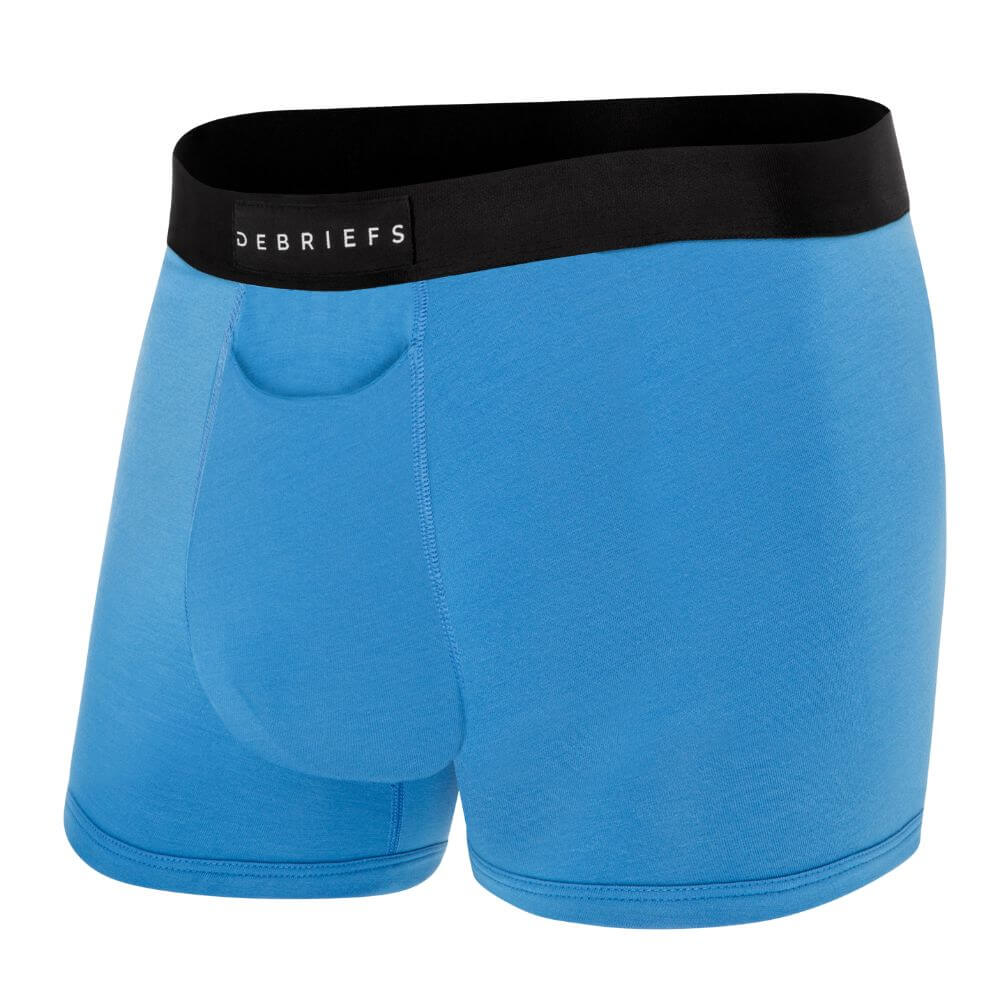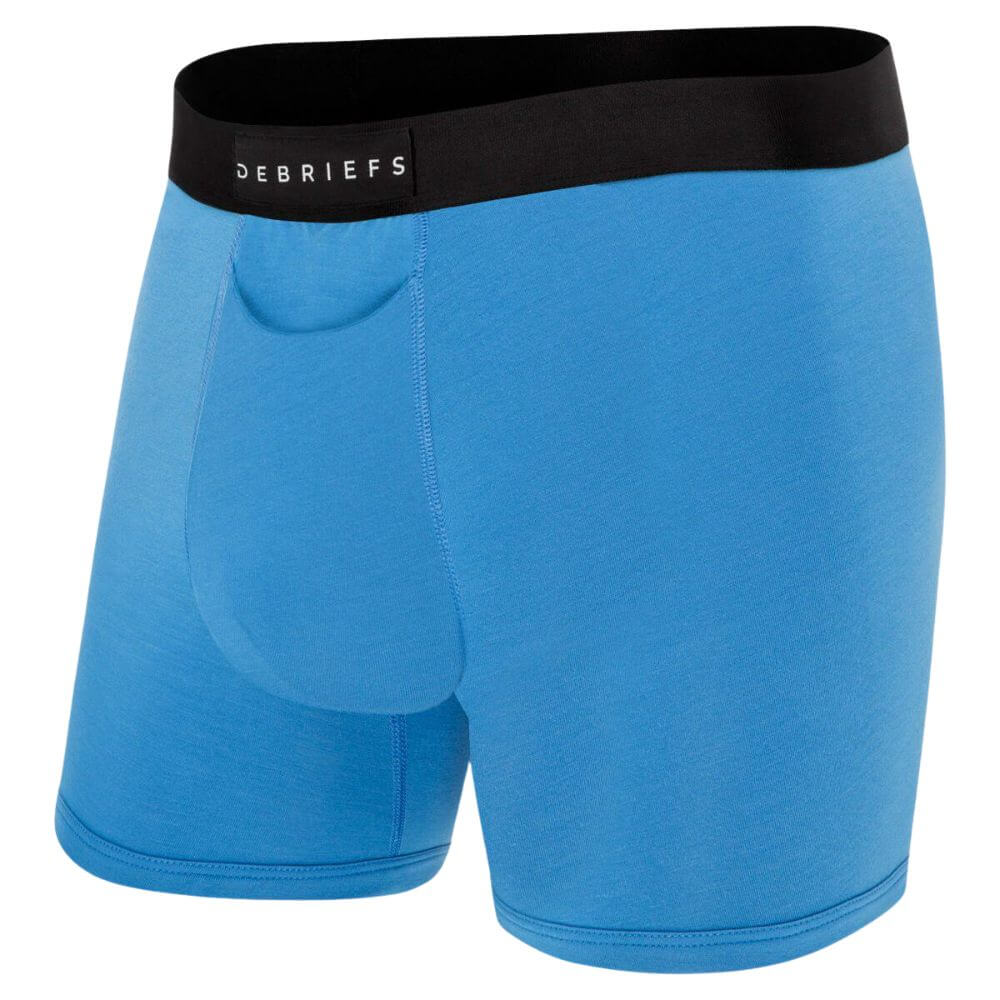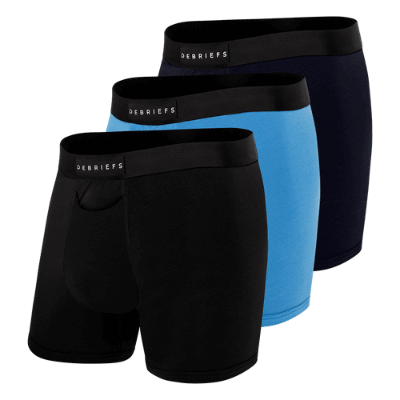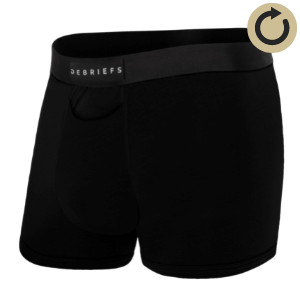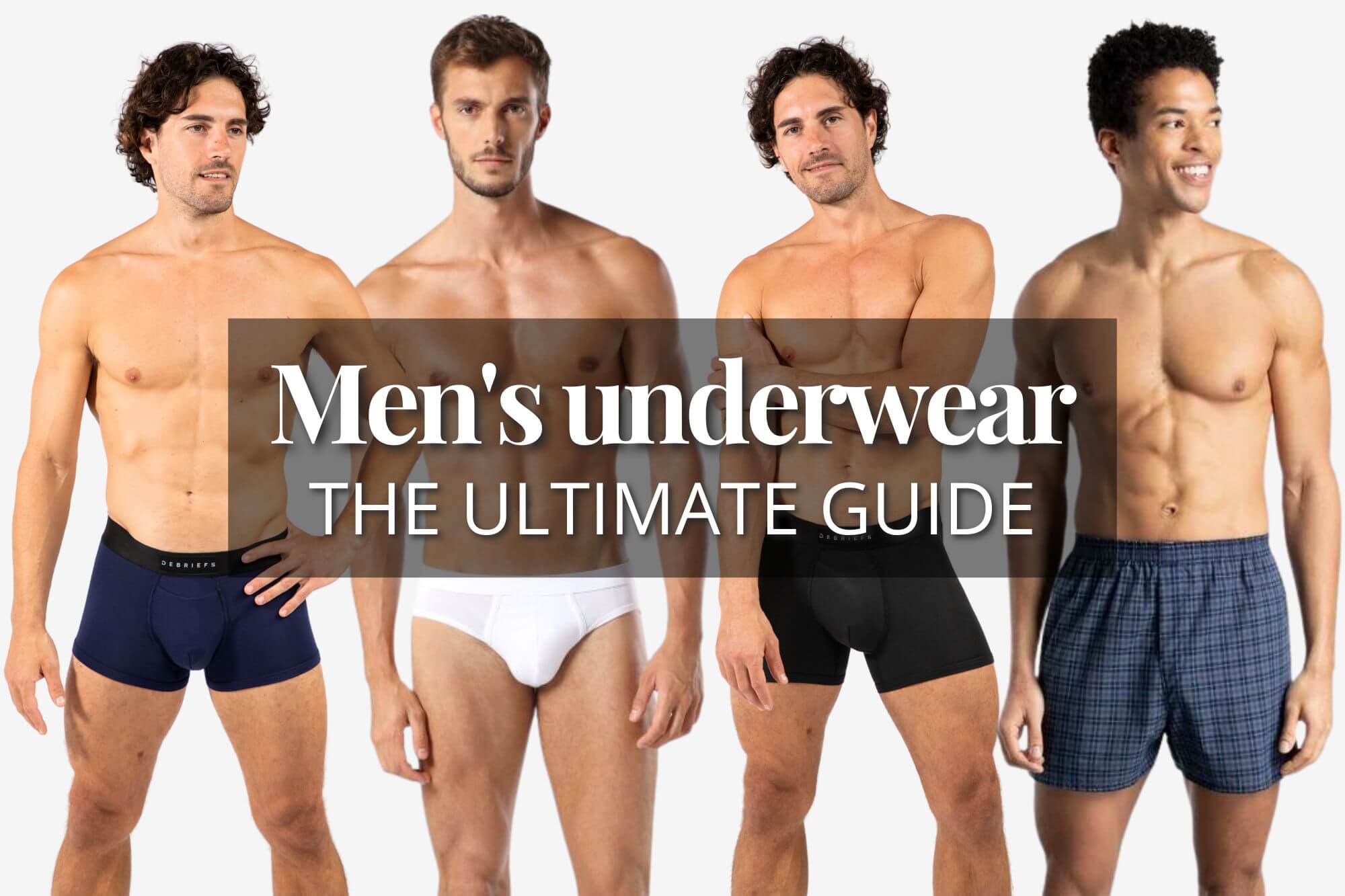Have you ever woken up at 3am with your underwear twisted into some impossible origami shape? You're lying there, half-asleep, trying to untangle yourself without waking your partner, wondering how your undies ended up past your belly button.
Turns out that middle-of-the-night underwear wrestling match isn't just annoying. It's actually sabotaging your sleep quality in ways you probably never considered.
What Happens When You Sleep (And Why Your Undies Matter)
Here's something most guys often forget: your body temperature drops by about 1-2 degrees when you sleep. Sounds insignificant, right? Wrong. This temperature regulation is absolutely crucial for getting into proper deep sleep cycles.
Your underwear sits right against some of your body's major heat zones. Poor fabric choices can trap heat, create moisture buildup, and basically turn your nether regions into a tropical climate that your brain interprets as "stay awake, something's not right down there."
But it gets worse.
During REM sleep, your body's temperature regulation takes a coffee break. If your underwear for sleep is made from synthetic materials that don't breathe, you're essentially creating a microclimate of discomfort right when your body needs to be most relaxed.
The Fabric Science Your Doctor Won't Tell You
Most sleep experts focus on mattresses, pillows, sheets and room temperature. They're all important, but they're missing a massive piece of the puzzle that can determine your sleep quality... what you sleep in.
Cotton sounds like the obvious choice, doesn't it? Natural, breathable, comfy. Except cotton has this annoying habit of holding onto moisture like a sponge. Once you start sweating (and everyone sweats during sleep), cotton keeps that moisture pressed against your skin all night long.
Synthetic blends? Even worse. They might wick moisture initially, but they trap that sweat and odour, and prevents breathability.
Here's where things get interesting, though.
MicroModal fabric changes the game entirely. It's made from sustainably sourced beech trees and has this almost supernatural ability to regulate temperature while staying incredibly soft. It's more breathable than cotton, more durable than bamboo, and it gets softer with each wash instead of getting rougher.
The Real Cost of Bad Nighttime Underwear
Think about your worst night's sleep recently. Chances are, you blamed stress, caffeine, or that late-night Netflix binge. But what if the culprit was literally the closest thing to your body?
Poor underwear choices during sleep can trigger a cascade of issues:
Temperature dysregulation leads to more frequent wake-ups, even if you don't remember them. Your sleep tracker might show you were "restless" without you knowing why.
Restricted blood flow from tight waistbands or leg bands can cause that pins-and-needles sensation that jolts you awake.
Moisture buildup creates the perfect environment for bacteria, which your subconscious mind registers as "something's wrong" even during sleep.
Constant micro-adjustments throughout the night prevent you from reaching those deeper sleep stages where real recovery happens.
What Works (The Honest Truth)
After years in the underwear industry and testing a lot of these things for ourselves, here's what we've found to matter most for quality sleep underwear:
Breathability beats everything else. If you're choosing between soft-but-synthetic and breathable-but-basic, go breathable every time. Your future well-rested self will thank you.
Seamless construction isn't just marketing fluff. Those little seams can create pressure points that your sleeping brain fixates on, even if you're not consciously aware of it.
The waistband makes or breaks the whole experience. Too tight and you're restricting circulation. Too loose and you're dealing with bunching and riding up all night. Not to mention the durability issues.
Moisture-wicking properties should work in both directions. Some fabrics pull moisture away from your skin but then trap it in the fabric itself. You want materials that move moisture away and also let it evaporate.
This is where Debriefs nail it with the MicroModal approach. The fabric breathes like nothing else we tried, stretches with your movement without being restrictive, and somehow manages to feel cool in summer and not freezing in winter. It's the perfect material for intimate apparel and a great night's sleep
The 3am Test Explained
Here's how to know if your current underwear is sabotaging your sleep:
Set a gentle alarm for 3am (just once, don't torture yourself). When it goes off, do a quick body scan before you fully wake up. Are you comfortable? Is anything twisted, bunched, or feeling damp? Can you feel the waistband or leg bands pressing into your skin?
If everything feels exactly like it did when you went to bed, you've probably found your ideal sleep underwear. If not, it's time to upgrade your sleepwear.
You might be surprised by what you discover during this test. Those comfortable daytime underwear can often transform into a sleep-disrupting nightmare by the middle of the night. And you could be unaware of it.
The Seasonal Sleep Underwear Strategy
Consider switching your sleeping underwear based on the season if you find you sleep better in certain months.
Summer: You want maximum breathability and minimal coverage. Trunks or briefs in lightweight MicroModal are perfect because they offer less coverage, which reduces heat retention.
Winter: Slightly more coverage helps with temperature regulation, but you still need breathability. Your body generates heat under covers, and you don't want that heat trapped against your skin. So MicroModal boxer briefs are great for those colder months.
Year-round consistency: Any underwear made with MicroModal naturally adapts to temperature changes, so it's suitable for year-round wear. Checkout Debriefs range of MicroModal trunks and boxer briefs here
Beyond Comfort: The Health Connection
Quality sleep affects everything from immune function to mental clarity to athletic performance. If your underwear choice is compromising even 20 minutes of deep sleep per night, that's over 120 hours of lost quality sleep per year.
Think about it: you spend roughly a third of your life sleeping. Shouldn't the clothing closest to your body during that time be optimised for the job?
Poor sleep quality from uncomfortable underwear can contribute to:
- Increased stress hormone production
- Reduced testosterone levels (yes, really)
- Impaired recovery from exercise
- Decreased cognitive function the next day
Making the Switch: What to Expect
When you upgrade to proper sleep-optimised underwear, the changes happen gradually. Night one, you will notice less tossing and turning. Week one, you'll probably wake up feeling slightly more refreshed. Month one, you'll wonder how you slept in your old underwear for so long.
The key is consistency. Don't just upgrade one pair and expect miracles. Your sleep environment needs to be optimised every night to see real improvements.
The Bottom Line (Literally)
Your underwear choice affects your sleep quality more than most people realise. Temperature regulation, comfort, and freedom of movement all play crucial roles in how well you rest.
If you're serious about optimizing your sleep, start from the ground up. Literally. The underwear you choose sets the foundation for everything else.
Quality sleep underwear isn't just about comfort, it's about giving your body the best possible environment for recovery, hormone production, and mental restoration. And when you consider you'll spend about 25 years of your life sleeping, investing in the right underwear for sleep isn't just smart, it's essential.
Frequently Asked Questions
What is the best underwear for sleep comfort?
The best sleep underwear combines breathable fabric (like MicroModal), seamless construction, and a comfortable but not restrictive fit. Look for materials that regulate temperature naturally and don't retain moisture. Debriefs MicroModal underwear ticks all these boxes, staying comfortable throughout the night without bunching or overheating.
Does sleeping in underwear affect sleep quality?
Yes, your choice of underwear for sleep can significantly impact sleep quality. Poor fabric choices can disrupt temperature regulation, cause discomfort that triggers micro-awakenings, and create moisture buildup that your subconscious registers as problematic. Quality sleep underwear should feel like a second skin that you forget you're wearing.
Should you wear underwear to bed or sleep commando?
This depends on personal preference and hygiene considerations. If you choose to wear underwear to bed, prioritize breathable, moisture-wicking fabrics like MicroModal that won't trap heat or moisture. Some people find that well-designed sleep underwear actually improves comfort by preventing skin-on-skin friction and providing gentle support.
What fabric is best for sleeping in underwear?
MicroModal is ideal for sleep underwear because it's more breathable than cotton, naturally temperature-regulating, and becomes softer with washing rather than rougher. Unlike synthetic blends that can trap odors or cotton that retains moisture, MicroModal moves moisture away from your body and allows proper air circulation throughout the night.
How do I know if my underwear is disrupting my sleep?
Try the 3am test: set a gentle alarm and check how your underwear feels in the middle of the night. If you notice bunching, dampness, restrictive bands, or any discomfort, your underwear may be affecting your sleep quality. You might also notice more restless sleep, frequent position changes, or waking up feeling less refreshed than expected.

